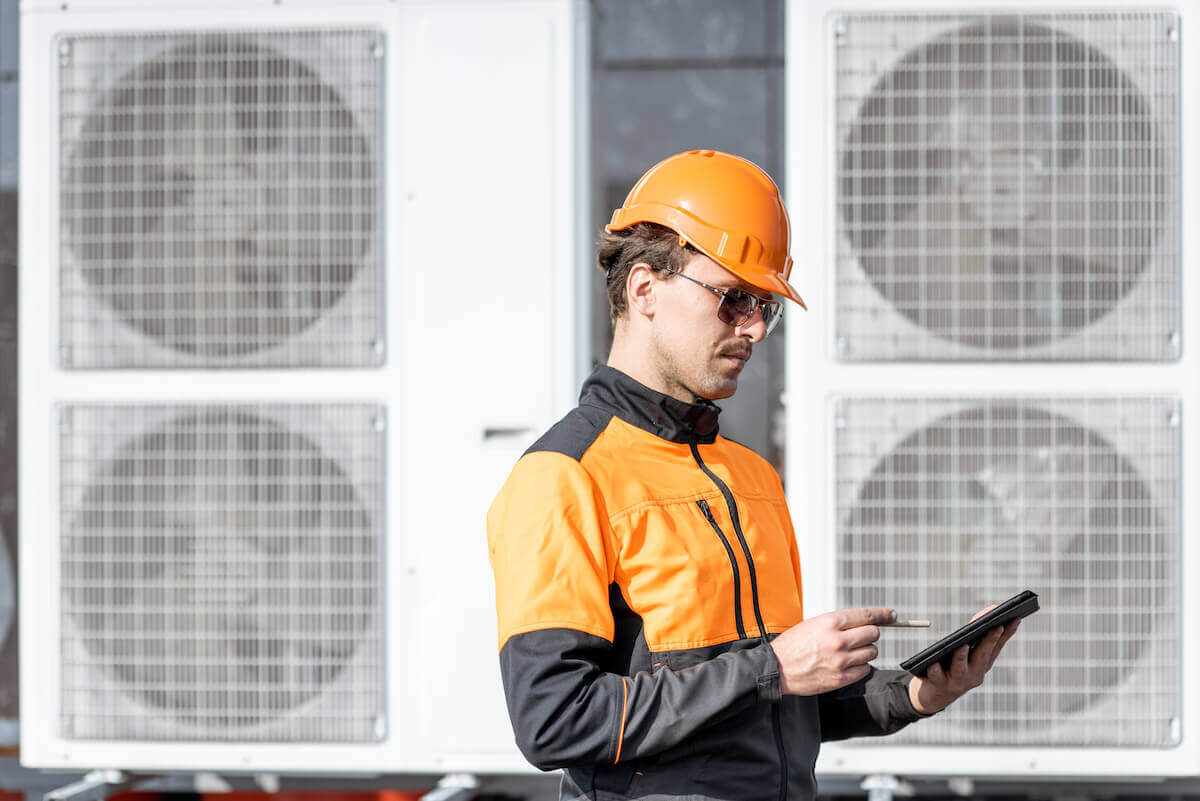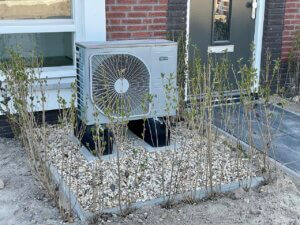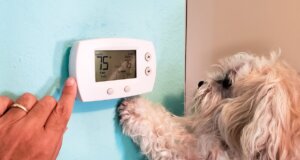The job of an air conditioner is to maintain the temperature in a room or enclosed space at an optimum level. They do this by removing the heat and humidity and replacing it with cooled air.
As anyone living here in Florida (or anywhere else with a hot climate) will know, an AC unit is a must-have to survive the summer months. But how does an air conditioner work? In today’s post, we’re answering that question.
What Are the Different Types of Air Conditioners?
There are several types of air conditioners and each one is designed for specific applications. Which unit you choose will likely come down to four factors: budget, energy consumption, the size of the space, and the required amount of cooling power. Portable AC units are available but two of the most common fixed units to consider for your property are as follows:
Central air conditioner
Central air is sometimes known as a ducted system and is best for large homes where multiple rooms need to be cooled at once. This type of system uses a split system that regulates the air in a home via a series of ducts. The main downside to central air is that it consumes a lot of energy, which can result in higher energy bills.
Ductless mini-split
If energy efficiency is more of a consideration and/or only one room of a home requires cooling at any given time, ductless mini-split systems are a fantastic option. These small and compact units are easy to install and a key benefit is that they allow each room to be controlled separately. However, this may be impractical for larger properties.
What Are the Key Parts of an AC Unit?
As we’ve seen, air conditioners are available in a wide range of shapes and sizes, but they all work in the same way. Broadly speaking, there are two key actions that occur simultaneously both inside and outside the home. These actions rely on the following key parts:
- Thermostat – the thermostat allows you to regulate how much cool air is distributed.
- Fan – this fan blows over the condenser to move heat outside.
- Filter – this element collects unwanted air particles from your indoor space.
- Evaporator – cooling coils use refrigerant to remove heat and humidity from the air.
- Condenser – hot coils release hot air from the space into the outside air.
- Compressor – this pump moves refrigerant between the condenser and evaporator to chill the air in your indoor space.
- Blower – otherwise known as a fan, the blower disperses chilled air into the space.
How Does an Air Conditioner Work?
Let’s look at how the key parts of an AC unit interact. The thermostat monitors the temperature of the indoor air and allows the homeowner to make the space warmer or cooler. The entire cooling process is kick-started when the thermostat is adjusted. If it senses that the temperature needs to be adjusted to hit the desired conditions it sets into motion a series of actions.
First, the fan pulls hot air from the room or indoor space through the unit’s air ducts. The air first passes over the AC unit’s filters where any airborne particles like dust and lint are trapped. Then, the fan passes the hot indoor air over the evaporator, which is one of the air conditioner’s two connected coils. The evaporator coil, along with the condenser coil, keeps refrigerant constantly flowing.
Put simply, the aim is to keep the evaporator colder than the room and the condenser hotter than the surroundings. When the warm indoor air passes over the cold evaporator coil, the liquid refrigerant inside the coil converts to gas, and the hot air is absorbed which cools the air as it’s passing over the coil. The AC unit’s blower then moves the chilled air back out into the room, cooling it to the desired temperature.
Meanwhile, the hot air from the room is absorbed and ejected outside. The condenser comes into play here, increasing the pressure of the refrigerant in its gaseous state. As the gas is compressed, the temperature and pressure rise, which allows the compressor to easily eject the heat. The fan in the condenser helps with this process to efficiently move the air outside.
Air Conditioning Repair, Sarasota
There’s never a good time to be without air conditioning, which is why regular maintenance is recommended. Our 24-point preventative maintenance checklist is an easy and cost-effective way to ensure that every element of your AC unit is performing at its optimal level.
Due to regular wear and tear it’s not uncommon for an air conditioner to need repairs or replacements. If this happens, our affordable air conditioning repair services will have your unit back up and running in no time at all. And, our service is designed to suit your schedule. That’s why we offer 24 hour AC repair.
For any other air conditioning service in Sarasota FL, give us a call to speak to one of our friendly team.




